Tucked away in Austria’s majestic Alps lie villages that seem to have stepped
straight from the pages of a storybook, where traditional wooden chalets peek out
from beneath snow-laden pine branches and church spires pierce misty mountain
skies. These secrets offer a glimpse into centuries-old Alpine traditions while providing
guests with the unique opportunity to plunge deep into mountain life away from the
crowds at the ski resorts.
From secret walking trails to ancient folklore festivals, every village holds an enchanting secret, all waiting to be unwrapped.
Alpbach
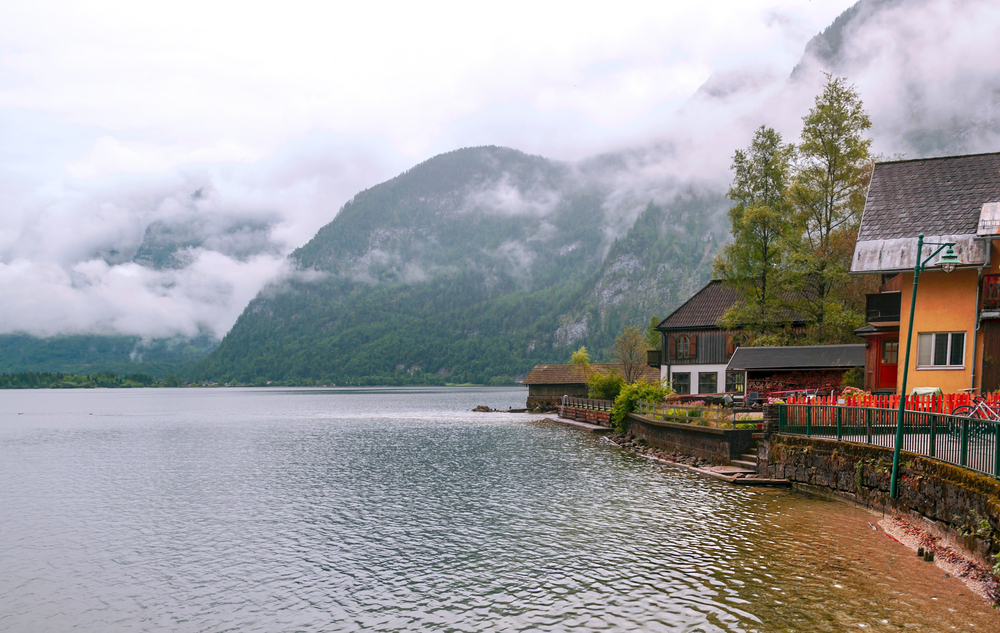
Alpbach Village lies in the Alpbach Valley, and its totally intact wood chalets show
the typical Tyrolean structure that won it the designation of ‘Austria’s Most Beautiful
Village.’ The village statutes dictate that all new houses must keep to the tradition,
with dark wood balconies cascading with red geraniums during summer.
It is here that the village astronomy observatory offers sessions of star-watching marvels in wonder at crystal-clear mountain skies while learning about ancient Alpine celestial legends.
Mönichkirchen
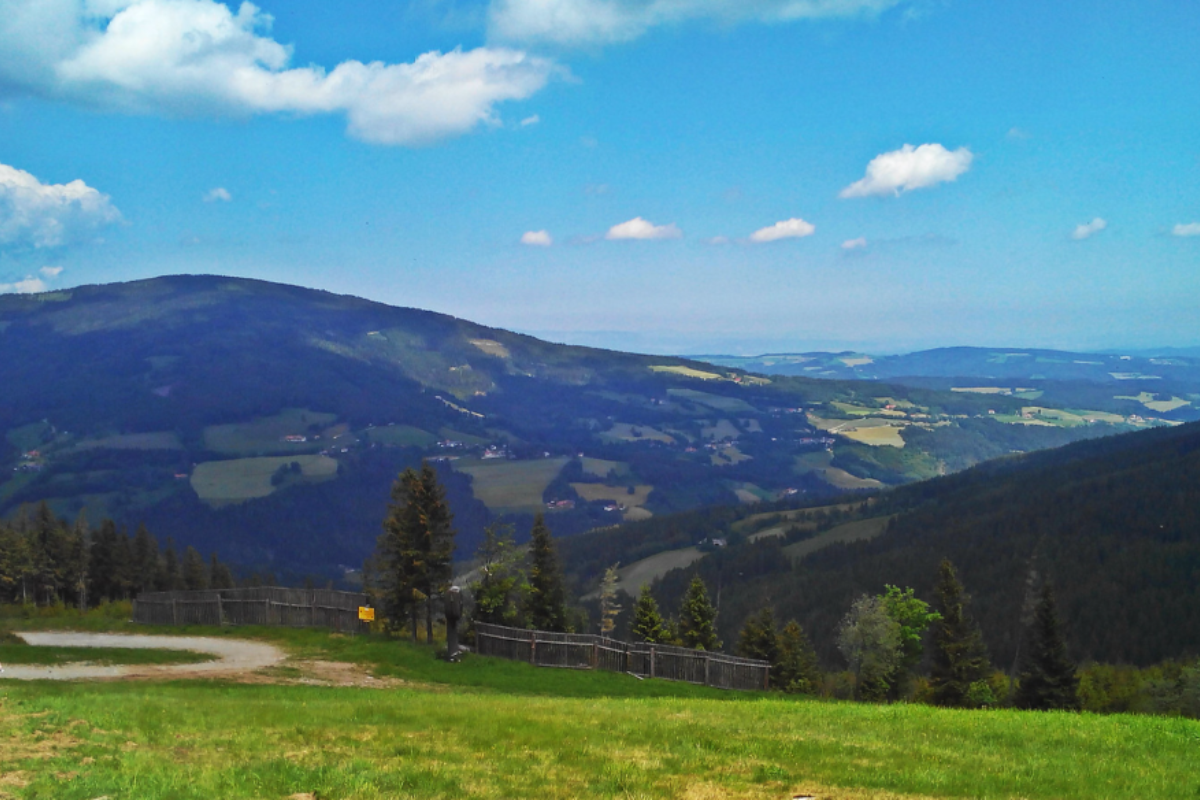
Conveniently located on the border between Lower Austria and Styria,
Mönichkirchen delights with a scene from a fairytale: alpine meadows full of
wildflowers, a medieval church with an ancient tower housing one of the oldest
working mechanical clocks still chiming the hour after centuries. Traditional
herbalists still gather mountain plants in the surroundings of the village; they share
their knowledge by leading guided walks and demonstrating the ancient art of Alpine
healing in workshops.
Like Travel Pug’s content? Follow us on MSN.
Weissenbach
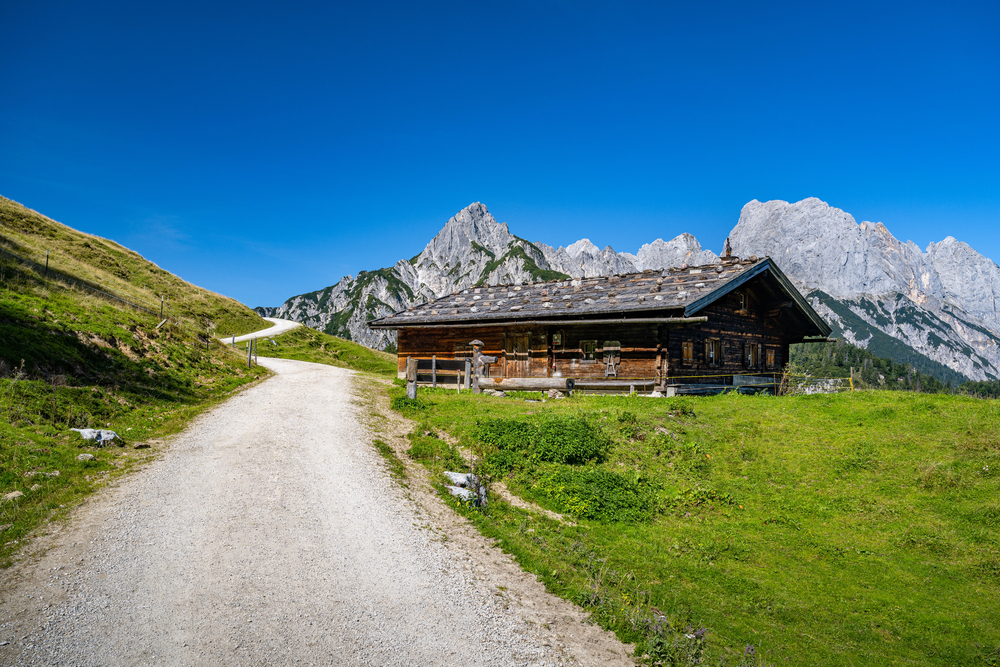
This tiny jewel in the Enns Valley guards the entrance to a hidden gorge, where
legend says mountain dwarves once mined precious stones. The village’s traditional
blacksmith still forges tools and decorative items in his workshop using centuries-old
techniques; visitors are welcome.
Local grandmothers gather weekly in the village hall to bake ‘Zelten,’ a fruit bread recipe passed down through generations.
Gosau
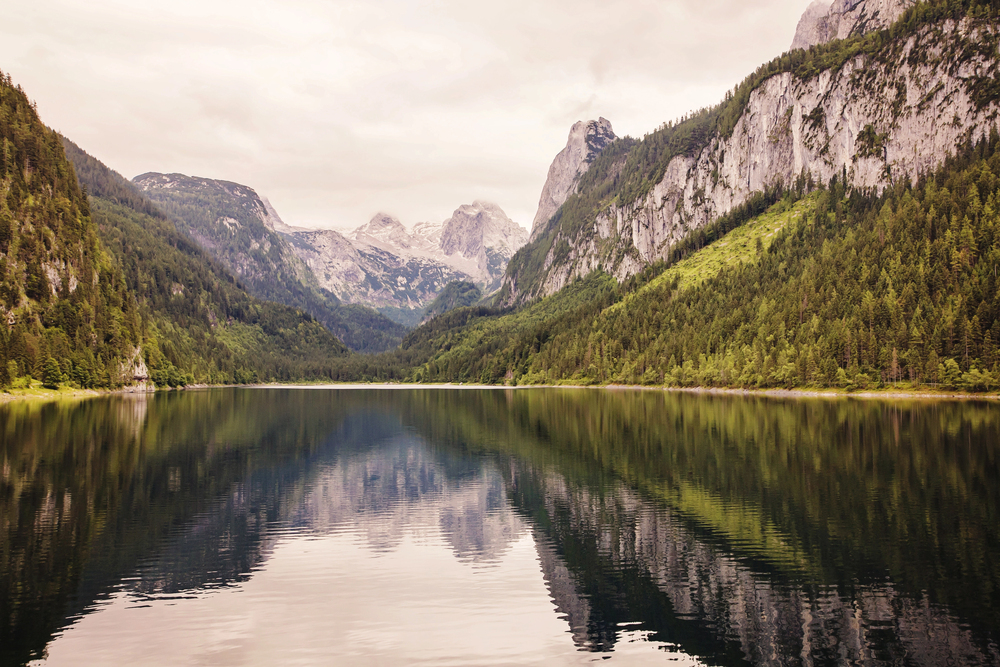
The Dachstein glacier overshadows the small market town of Gosau, which has
preserved the character of a farming community in the Alps where time seems to
stand still. Its mountain dairy still produces cheese as it did during the days of the
Habsburg monarchy, offering tastings in a centuries-old wooden chalet.
Traditional salt miner houses dot the landscape; their distinctive architecture is the first tell of a rich mining tradition that abounds in the region.
Sankt Gilgen
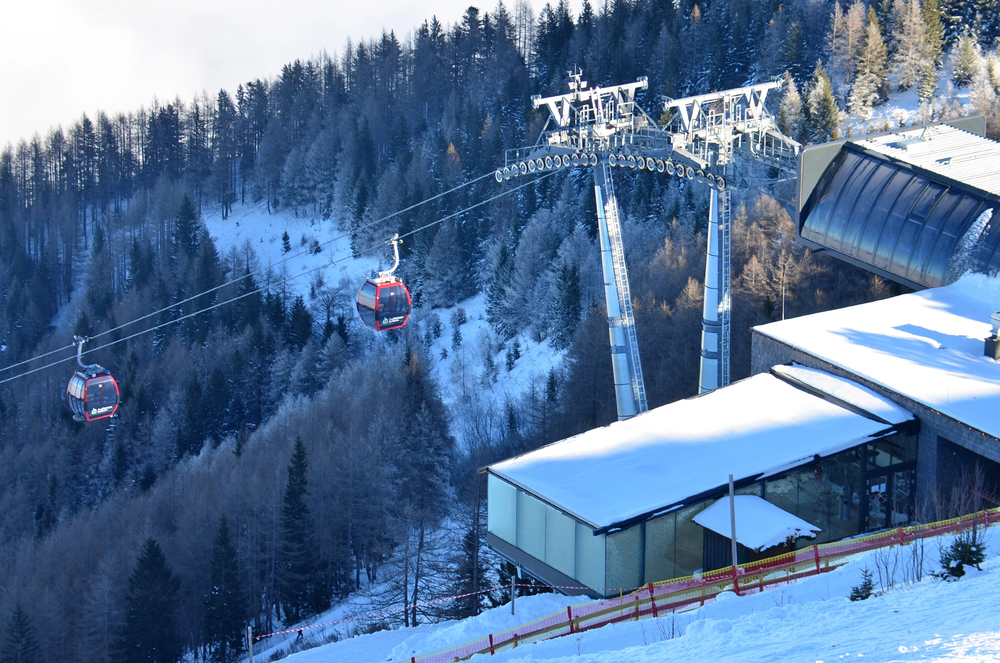
Known as ‘Mozart Village’ for its connections with the family of this famous
composer, Sankt Gilgen is a lakeside village full of ornate baroque houses. It has a
puppet theater that keeps alive a tradition dating back to the 18th century, where, in
the original baroque theater, fairytales are performed.
Local boat builders still make vessels in wood using traditional methods, with their workshops open to inquisitive visitors.
Like Travel Pug’s content? Follow us on MSN.
Hallstatt
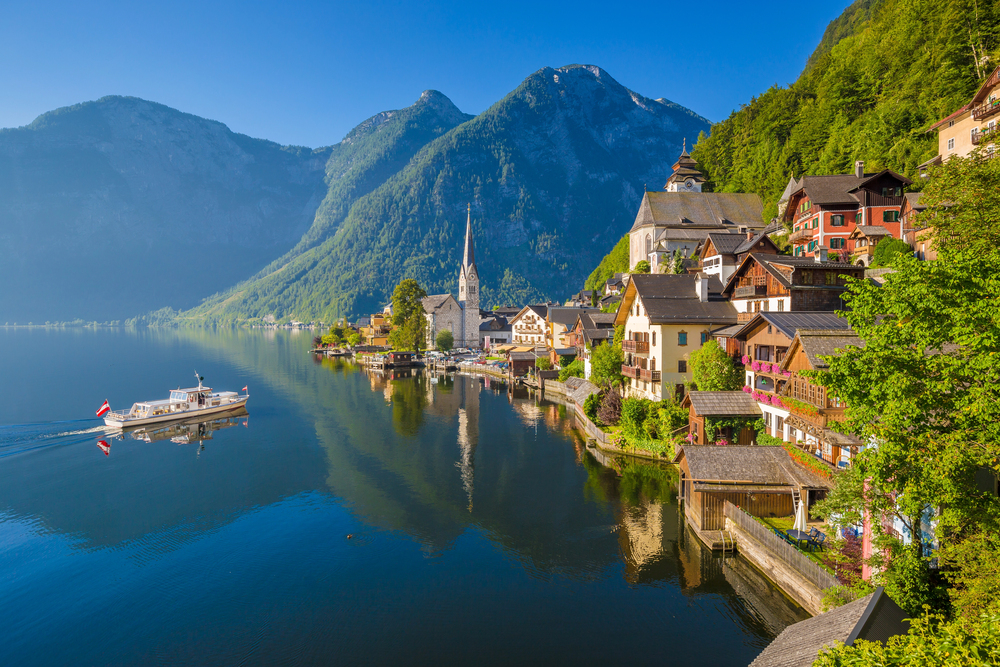
While famous for its lake views, the true magic of Hallstatt is its lesser-known upper
village, where the families of salt miners have lived for generations. Ancient wooden
houses cling to the mountainside, joined by steep staircases and narrow pathways
that reveal surprising gardens and hidden courtyards.
The bone house of the village tells fascinating stories about Alpine life and death through intricately painted skulls, a tradition unique to this region.
Filzmoos
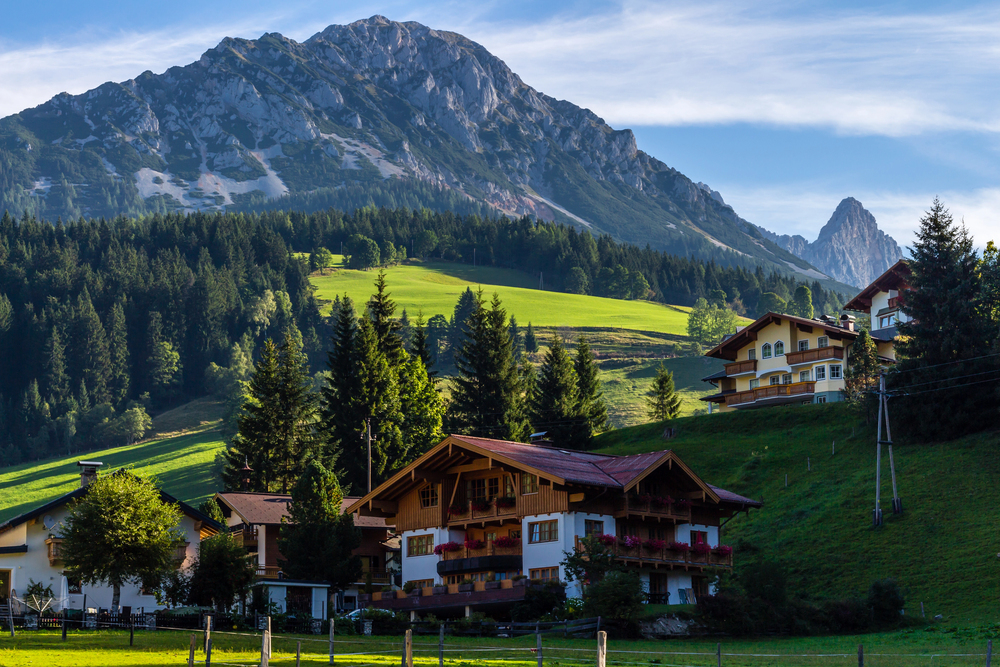
Filzmoos is also enveloped by gentle peaks, which charm visitors with their network
of ancient pilgrim paths, today used for contemplative hiking. Village horse-sleigh
rides follow the routes used by medieval traders, stopping off at mountain huts
offering recipes from centuries past.
Local farmers still practice transhumance, moving their cattle from one seasonal pasture to the other in a tradition that provides rhythm for the village year.
Grünau
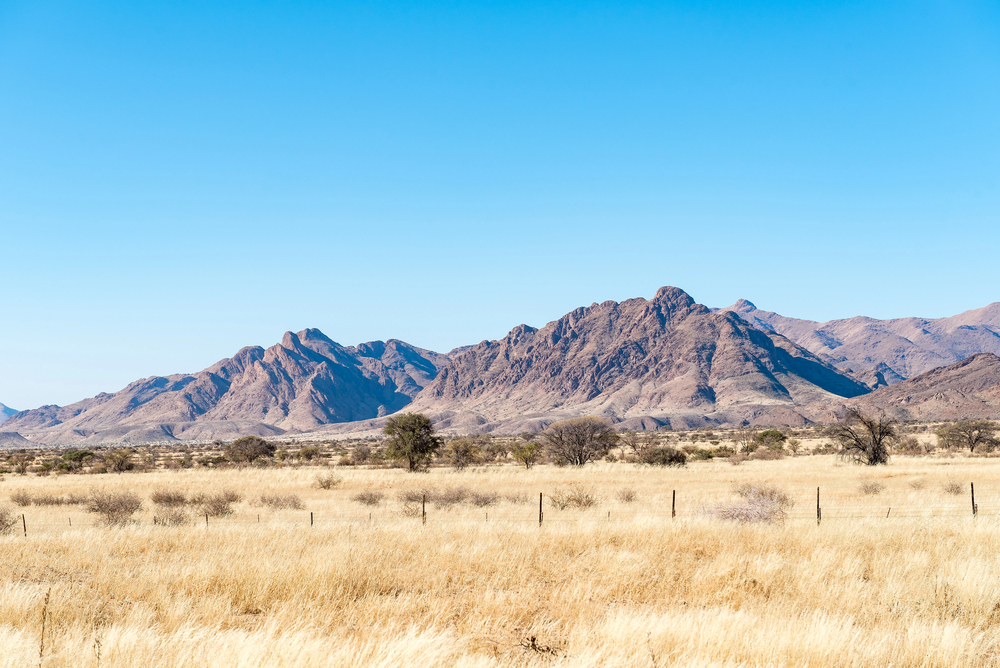
Tucked into the Almtal Valley, Grünau preserves the traditions of Alpine foraging and
herbalism through its famous tea house and botanical gardens. The village’s
traditional rope maker demonstrates his craft in a workshop that’s served mountain climbers for generations.
Ancient mountain huts dot the surrounding peaks, offering overnight stays with traditional meals cooked on wood-burning stoves.
Like Travel Pug’s content? Follow us on MSN.
Johnsbach
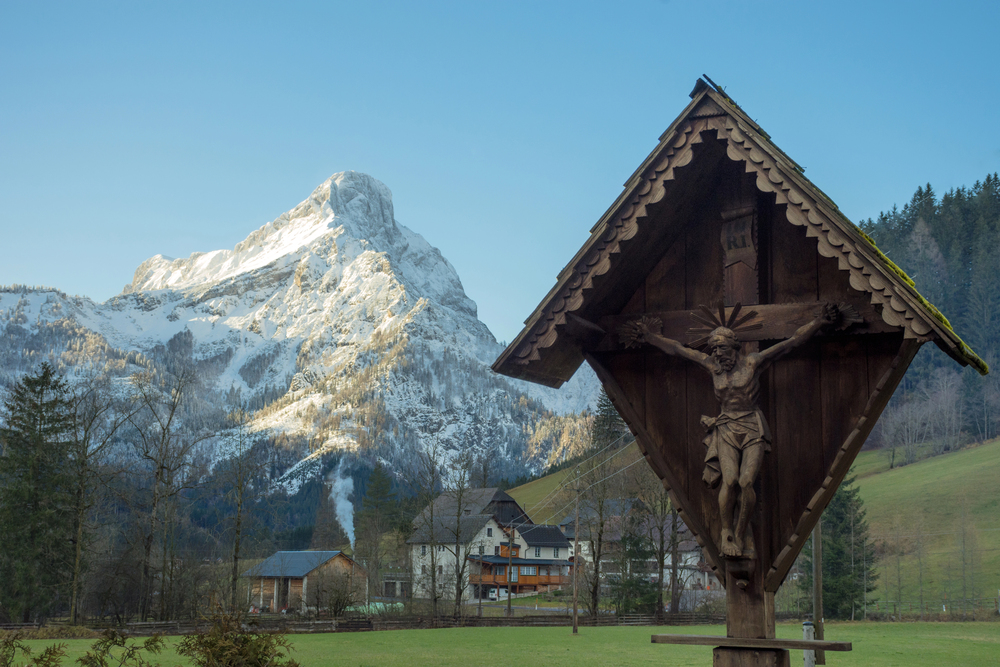
Nicknamed the ‘Mountaineers’ Village,’ Johnsbach pays homage to deceased
climbers with its unusual graveyard, in which colorfully painted wooden crosses tell
stories of Alpine exploits. The village mountain guides keep alive a long tradition of
taking visitors through secret paths known only to the locals.
Traditional furniture makers still make their items from local pine and maple, and their workshops are redolent with the aroma of fresh wood shavings.
Dürnstein
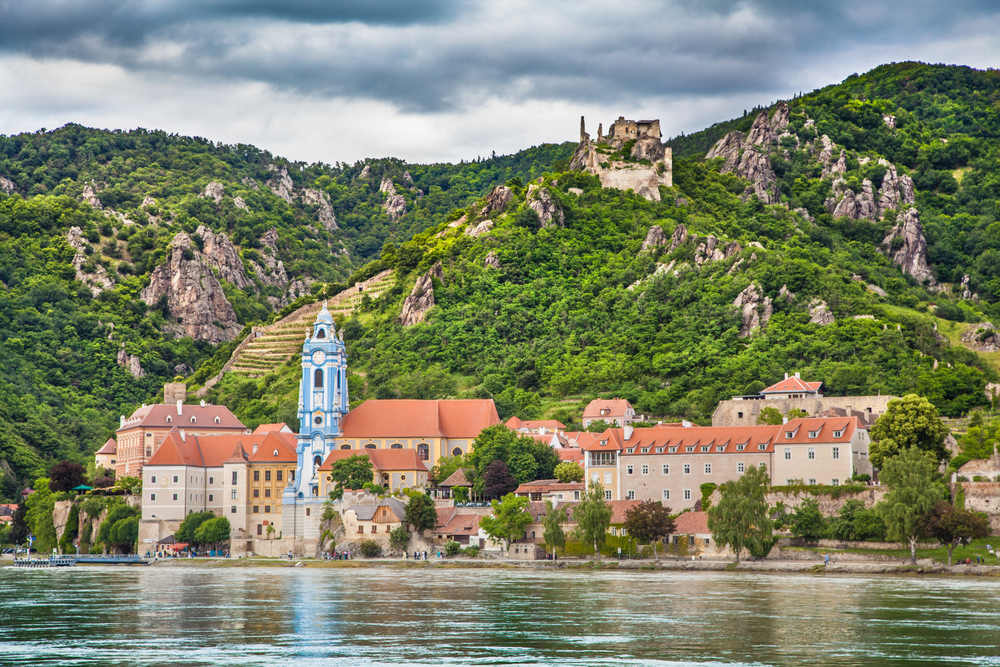
Though it is technically in the Wachau Valley, this village offers a different kind of
Alpine charm where vineyards climb steep terraces toward mountain peaks.
Medieval ruins crown the village, while the centuries-old wine cellars tunnel deep into
the mountainside.
Local vintners keep the traditions of Roman times alive by producing wines from grapes grown on some of Europe’s steepest vineyard terraces.
Heiligenblut
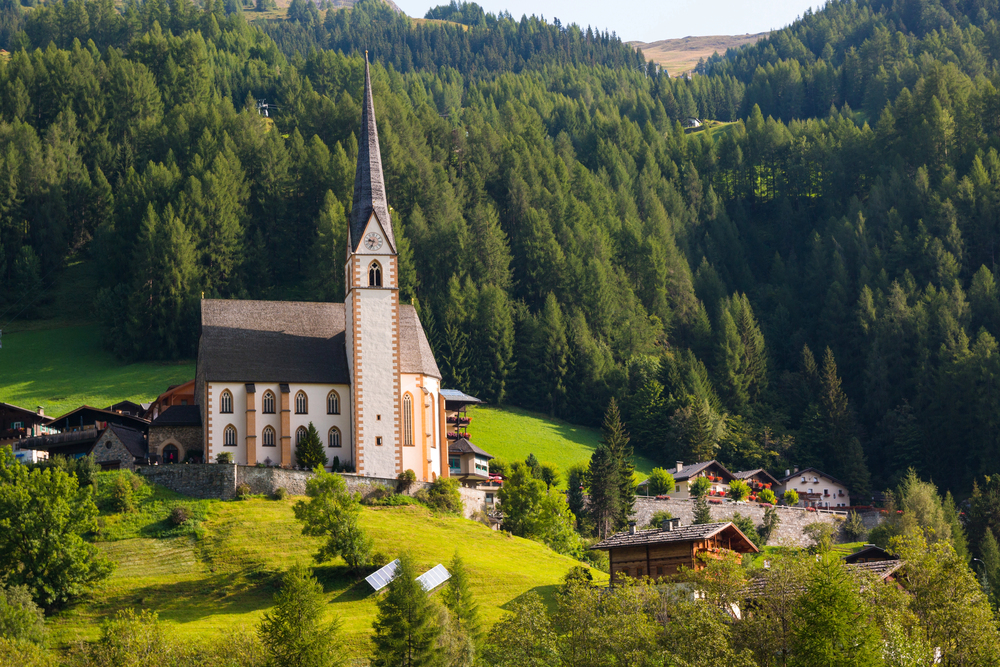
Domined by its Gothic church spire pointing skyward beneath Austria’s highest peak,
Heiligenblut guards the ancient pilgrimage traditions and Alpine folklore. At the
traditional village gold panning sites, visitors can try their luck in mountain streams
that have yielded precious metals for centuries.
Local woodcarvers still craft religious figures and traditional masks donned during winter festivals; workshops are open for demonstrations.
Großarl
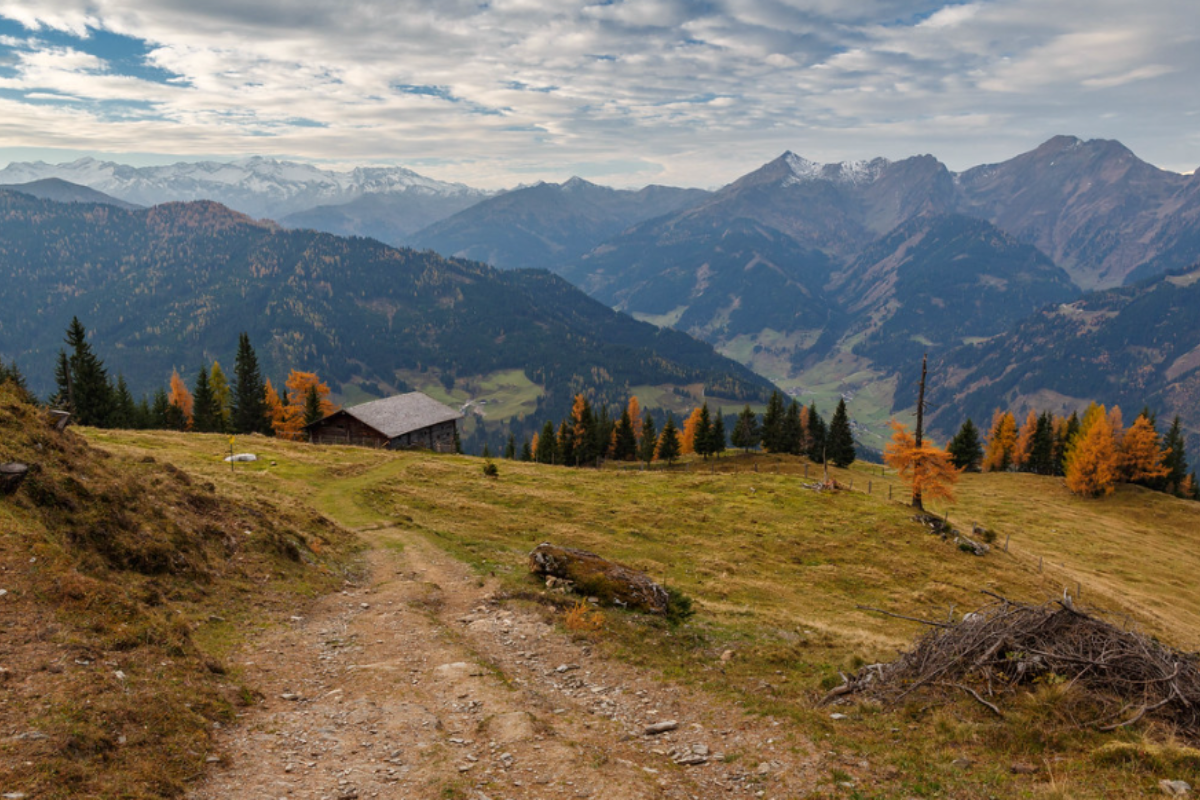
The numerous traditional mountain dairy farms in Salzburger Land preserve the art
of Alp cheese-making. Its Volkskundemuseum houses one of Austria’s finest
collections of hand-cut wooden masks used in winter solstice celebrations.
Traditional restaurants offer dishes made from foraged mushrooms and berries,
whose recipes were recorded in medieval monastery cookbooks.
Krimml
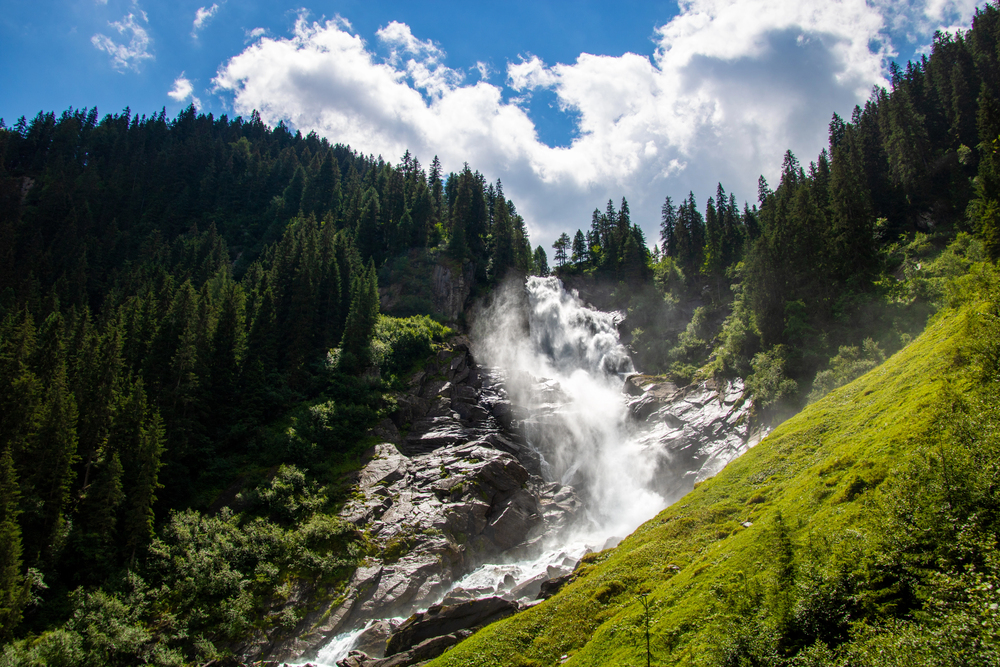
While famous for its waterfalls, Krimml is less known for its well-preserved Alpine
farming traditions, offering glimpses into mountain life that time hasn’t changed. The
village’s traditional hay farmers still cut steep mountain meadows by hand, storing their harvest in distinctive wooden structures dotting the landscape.
Local herbalists maintain medieval gardens where they grow plants used in traditional Alpine medicine.
Karersee
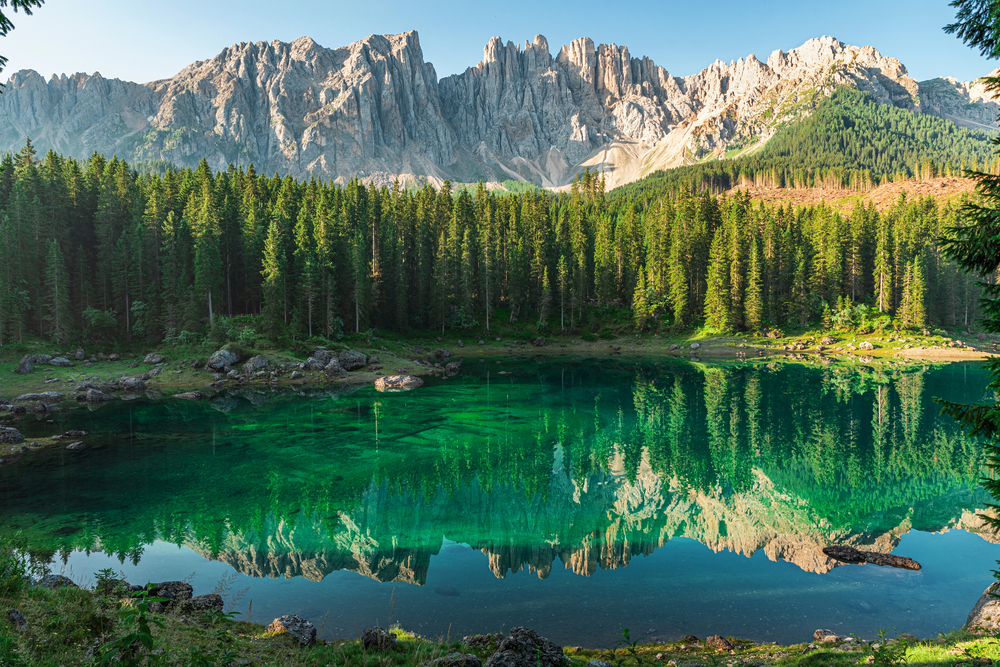
This South Tyrolean village nestles beside its emerald lake, blending Austrian and
Italian traditions in architecture and food. The village’s traditional lace makers still
work out intricate patterns passed down through generations, their work appearing in
tiny workshop windows.
Mountain guides share tales of the legendary crystal caves that inspired local folklore about mountain spirits and hidden treasures.
Gargellen
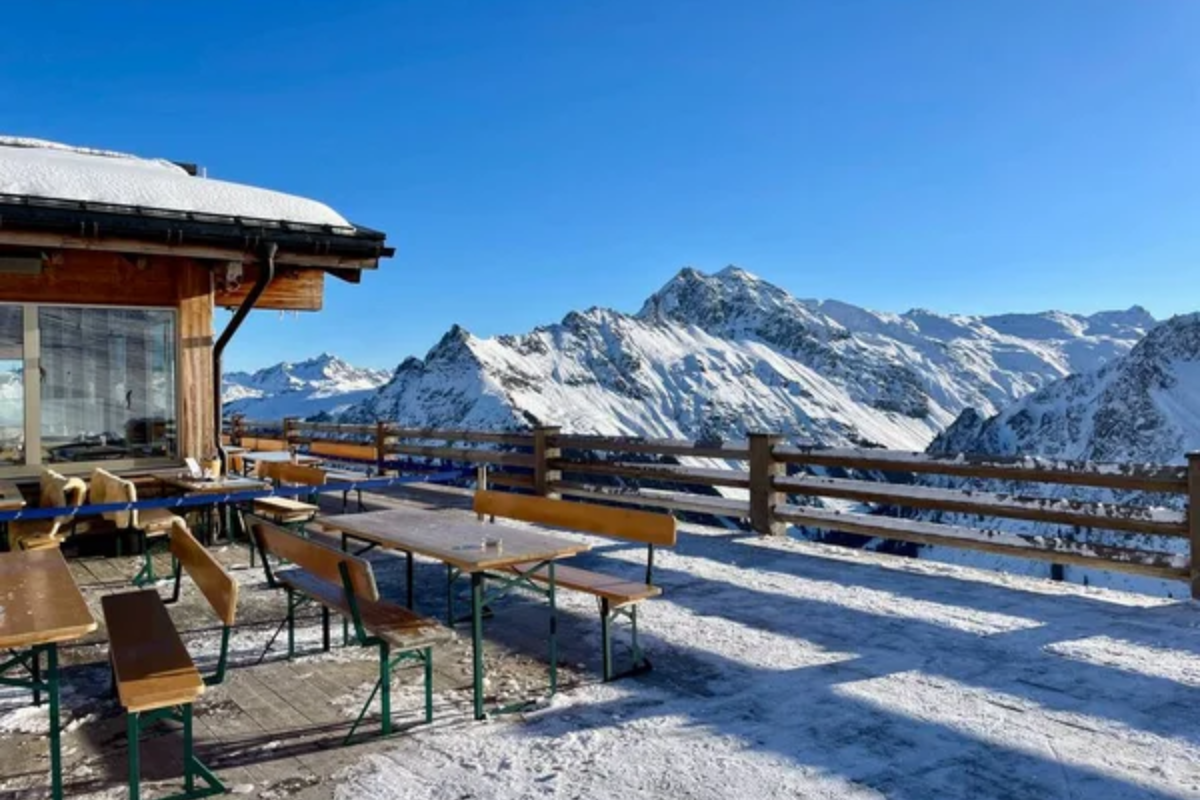
Smack in the middle of the Montafon Valley, Gargellen guards the ancient traditions
of Alpin horticulture, where rare medicinal plants grow in protected micro-climates.
Traditional seed savers in this village keep a living library of heritage plant varieties
and share their knowledge through seasonal workshops and guided tours.
Local herbalists still concoct remedies using recipes found in centuries-old monastery
manuscripts, tiny workshops perfumed with flowers, and herbs drying.
Mountain Magic Endures
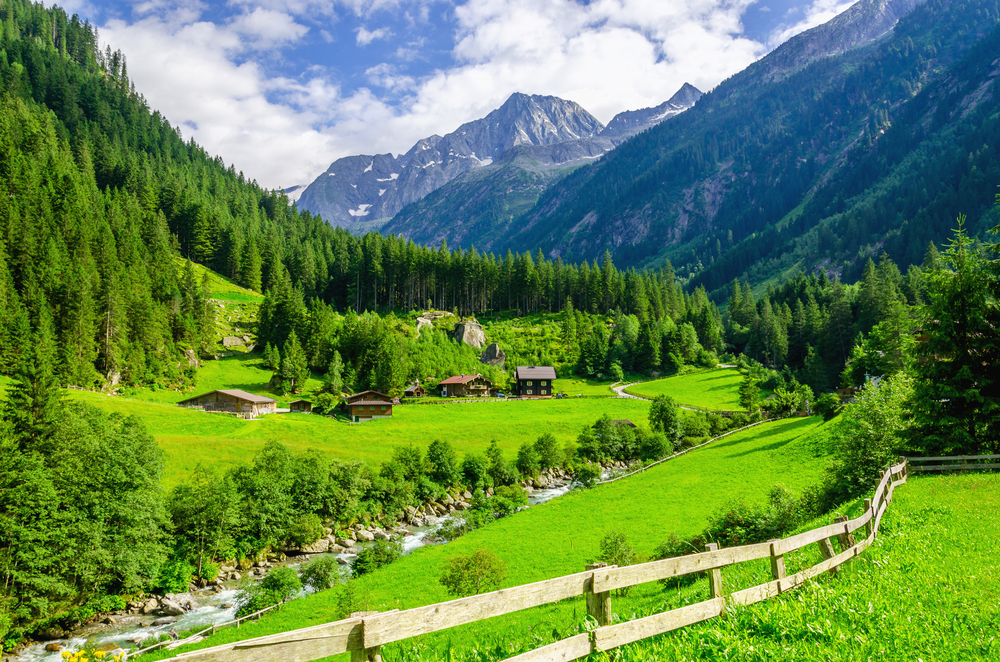
These charming villages remind us that fairy tales grow from real places where daily
life still follows the rhythm of ancient traditions and natural cycles. Whether you seek mountain adventure, cultural discoveries, or simply a peaceful retreat into Alpine beauty, these villages offer gateways to a world where magic feel tantalizingly possible.
More from Travel Pug

- 15 Dangerous European Cities to Avoid
- 15 Caribbean Islands Where Tourists Keep Getting Scammed
- The 20 Most Fascinating Abandoned Places: A Journey Through Time and Forgotten Spaces
- 15 Hidden Places in the Smithsonian Museums Locals Love: A Guide to Lesser-Known Treasures
- 16 Hidden Florida Beach Towns That Aren’t Overrun with Tourists
Like Travel Pug’s content? Follow us on MSN.
